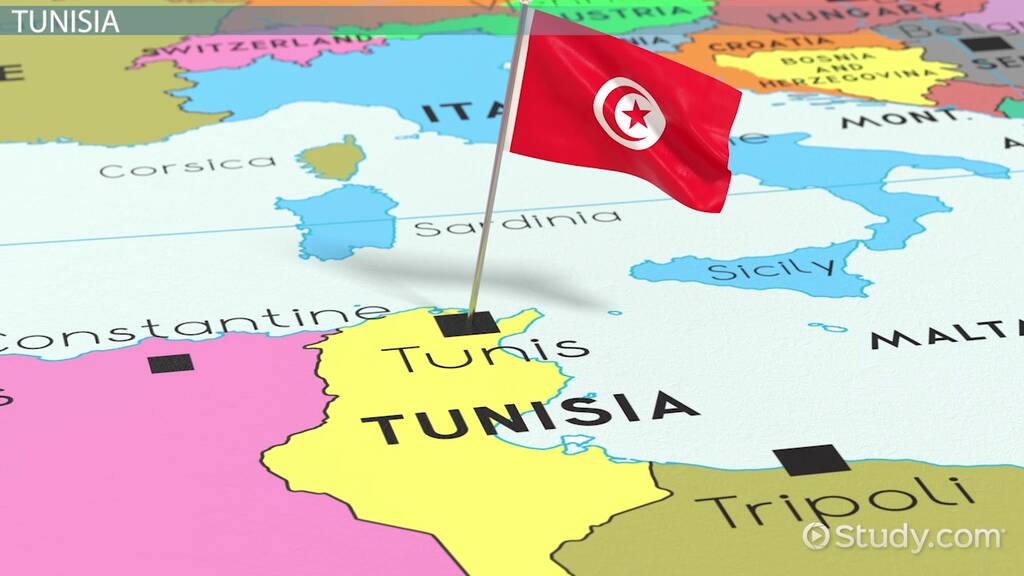Tunisia is a North African country located between Algeria and Libya, with a coastline along the Mediterranean Sea. Its capital is Tunis.
Geography and Demographics
Tunisia covers an area of approximately 163,610 square kilometers and has a population of over 11.78 million people. The country’s terrain includes mountains in the north and a semiarid south that merges into the Sahara Desert.
Historical Overview
Tunisia’s history dates back to ancient times, with the Phoenicians founding Carthage in the 8th century BC. Carthage became a major sea power before being defeated by Rome in 146 BC. The region later came under Arab control, and by the 19th century, Arabic was the predominant language.
Recent Developments
In 2011, Tunisia experienced the Jasmine Revolution, leading to the overthrow of its autocratic leader and the establishment of a democratic government. However, the country has faced challenges such as economic downturns, with a GDP decline of 1.5% between 2019 and 2023, exacerbated by droughts and other factors.
Cultural Highlights
Tunisia boasts several historical sites, including the ruins of Carthage, the Roman amphitheater of El Djem, and the ancient city of Dougga. The country’s diverse culture reflects its rich history and strategic location at the crossroads of Africa and Europe


